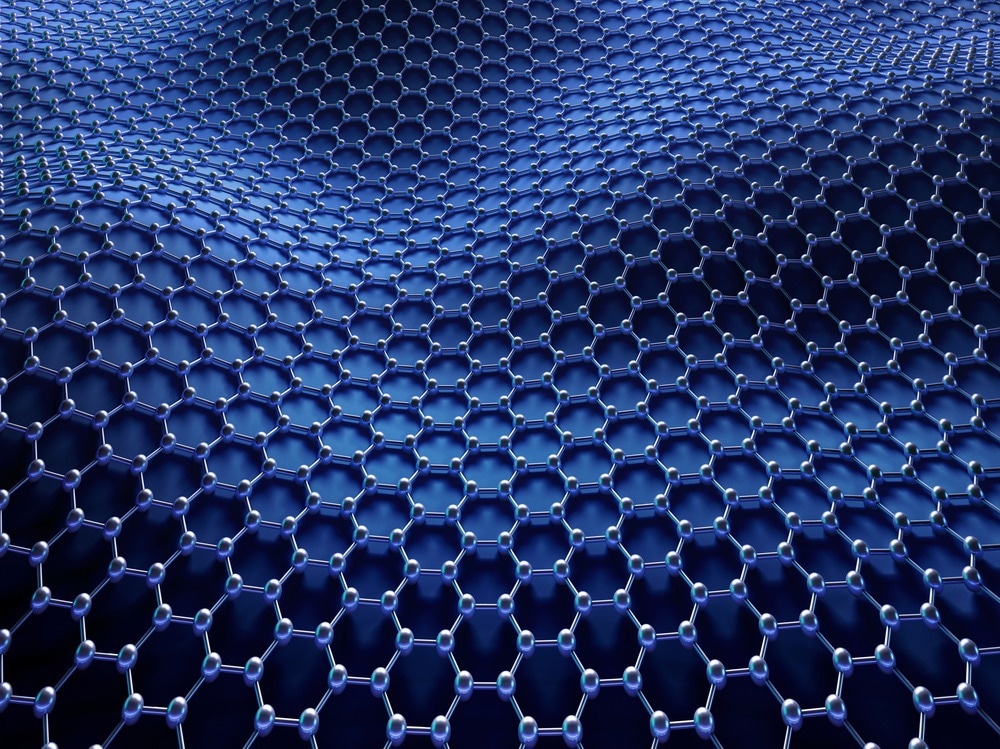In a recent article published in Polymer Testing, researchers from China detailed the development of SiO2/ poly-dimethylsiloxane (PDMS) composites with customized microstructures, specifically agglomerate and monodisperse structures achieved through surface modification of SiO2 particles.

Image Credit: ktsdesign/Shutterstock.com
Investigating the impact of microstructure on the mechanical and shock-absorbing properties of these composites is crucial for advancing the design of materials that can effectively safeguard individuals and equipment from high-impact events. This research aims to enhance impact resistance and energy absorption capabilities by exploring the relationship between microstructure and energy dissipation efficiency.
Background
Polymer composites are widely recognized for their ability to mitigate the impact of high-pressure shockwaves, which is critical for applications requiring resilience to dynamic forces and energy dissipation. Shockwaves, characterized by intense acoustic pressure waves of short duration, present challenges in fields such as military defense and protective equipment design. The prevalence of traumatic brain injuries resulting from blast-induced shockwaves underscores the urgent need for advanced materials capable of effective energy dissipation and absorption in high-impact scenarios.
PDMS composites are particularly promising due to their flexibility and mechanical robustness. However, the precise control of their microstructure is essential to optimize energy absorption. By strategically manipulating the arrangement and interaction of reinforcing particles within the PDMS matrix, the strength, toughness, and shock wave dissipation performance of the composites can be enhanced.
The Current Study
The SiO2/PDMS composites were prepared by dispersing SiO2 particles in a solvent, followed by sonication to ensure uniform distribution. Surface modification of the SiO2 particles was then carried out using Methyltriethoxysilan (MTES) to enhance particle-matrix compatibility. The modified particles were mixed with the PDMS matrix and a curing agent, forming a homogeneous mixture that was molded and cured under controlled conditions. Characterization techniques such as Scanning Electron Microscopy (SEM), Fourier Transform Infrared spectroscopy (FTIR), and contact angle measurements were used to analyze the composites' microstructure, chemical interactions, and surface properties.
Laser shock experiments were conducted to assess the dynamic response of the composites under high-pressure conditions. These experiments involved subjecting the composites to laser-induced shock compression to measure their shock wave dissipation performance. Data from these experiments were analyzed to understand the influence of microstructure on the mechanical properties and shock wave dissipation capabilities of the composites. The results provided insights into the mechanisms underlying energy dissipation in agglomerate and monodisperse composites, guiding the development of advanced materials for protective applications.
Results and Discussion
The SiO2/PDMS composites exhibited distinct microstructures based on the particle distribution and surface chemistry. SEM analysis revealed agglomerate and monodispersed structures in the composites, indicating different levels of particle aggregation. Composites with agglomerate structures showed increased strength and toughness compared to pure PDMS, with enhancements of 65 % and 280 %, respectively. Similarly, composites with monodisperse structures exhibited even greater improvements, with strength and toughness increasing by 90 % and 433 %, respectively.
During laser-induced shock compression, the composites with monodisperse structures demonstrated superior energy dissipation abilities compared to those with agglomerate structures. The shock wave peak pressure reduction was up to 43 % for composites with agglomerate structures and 75 % for composites with monodisperse structures, highlighting the impact of microstructure on energy dissipation efficiency. The mechanisms of shock wave energy dissipation differed between the two types of composites.
In agglomerate composites, energy dissipation was attributed to fast segmental dynamics of the PDMS matrix, low glass transition temperature, agglomerate breakup, and wave scattering at agglomerate/matrix interfaces. In contrast, the enhanced energy dissipation in monodisperse composites stemmed from increased reflections of shock waves at particle/matrix interfaces. The presence of well-dispersed particles in monodisperse structures facilitated the formation of numerous particle/matrix interfaces, leading to improved shock wave attenuation.
Modifying SiO2 particles with MTES resulted in better energy dissipation performance than unmodified particles. The presence of hard/soft interfaces formed by well-dispersed particles and the matrix contributed to enhanced energy attenuation. Increasing the particle content further promoted the formation of particle/matrix interfaces, reinforcing the energy dissipation capabilities of the composites.
Conclusion
The study successfully demonstrated the influence of microstructure on the shock wave dissipation performance of PDMS composites. By controlling the particle distribution and content, the researchers optimized the composites' energy dissipation capabilities. The findings provide valuable insights into the design of energy-absorbing materials for protective applications, particularly in scenarios requiring high-impact resistance.
Tailoring microstructure to achieve desired mechanical and energy dissipation properties opens new possibilities for developing advanced materials with enhanced protective capabilities. Future research may focus on further optimizing the microstructure of composites to maximize energy absorption efficiency and tailor material properties for specific applications, advancing the field of impact-resistant materials for personnel and equipment protection.
Journal Reference
Wei, C., et al. (2024). Shock wave energy dissipation in strong and tough poly(dimethylsiloxane) composites with controlled microstructure. Polymer Testing. doi.org/10.1016/j,polymertesting.2024.108460